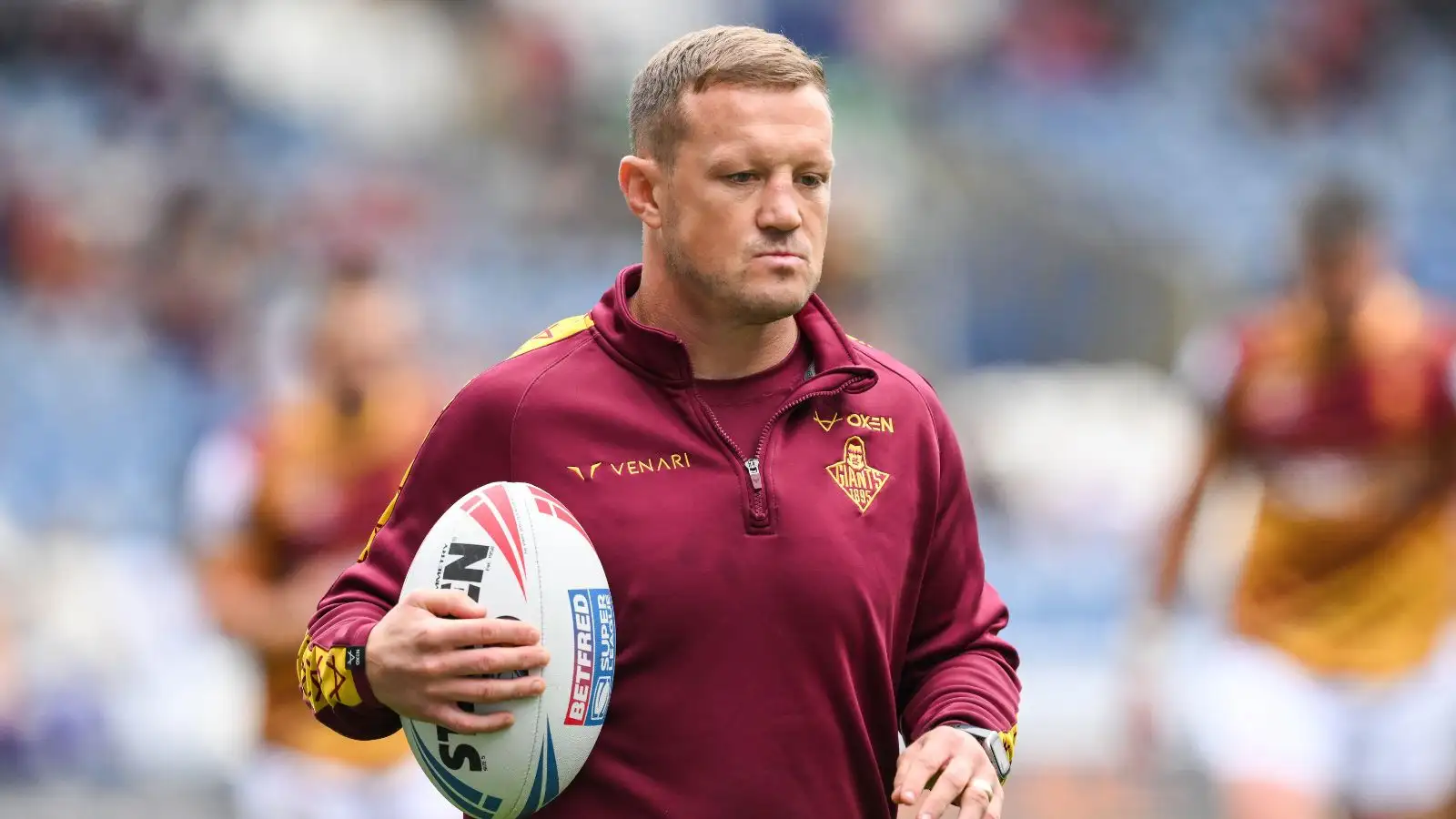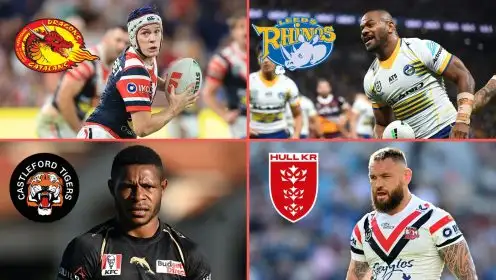Where do salary cap changes fit in to the bigger picture?

A change to the Super League salary cap was perhaps inevitable given the scrutiny it has been put under over recent years.
Big spending, ambitious owners want to be able to catapult their clubs in to serious contention, and don’t want to be held back by what they perceive to be restrictions.
Likewise, successful clubs – both on and off the field – want to continue to grow and move forward, something they may feel they cannot do if they are unable to re-invest their hard-earned monies in to having superstar players.
But will the changes to the salary cap really help solve Super League’s wider issues?
The RFL are often criticised for elements of the game that sometimes have been brought about by a vote of its clubs.
There is the argument that perhaps they could force through restrictions or otherwise, but it’s not that simple.
One growing area of discontent, and one that will surely be dealt with soon, is that of reserves and academies side.
This issue saw a handful of Super League clubs set up their own reserves sides in a new league to try and address the issue, that has a huge impact on players at 21 being lost to the game.
While dual-registration has benefited and worked for some, clearly it is not the whole game solution people crave for the development of the game and most importantly, players.
Should a club that isn’t invested in to an academy or reserve side, be able to spend the newly increased full salary cap?
The salary cap still falls well short of what top players could be expected to earn in rugby union or indeed the NRL.
Denny Solomona, for instance, could earn £22,000 a match for playing for England rugby union, if selected.
That’s not to say it’s all about money either. The added prestige and profile of playing in front of full houses at Twickenham and abroad at a greater scale must be attractive to the top players, Sam Burgess being an example of one player lured by such bright lights.
The biggest worry this season is the future of George Williams, the Wigan stand-off who must surely be given the responsibility of guiding England to World Cup success in the autumn.
He is in contract discussions with Wigan, but will undoubtedly be attracting the attention of the other code and other hemisphere. Super League will be worse off without him, as it has been when Burgess, James Graham, Kyle Eastmond, Chris Ashton and others have left for pastures new.
The question is will keeping these players in Super League and giving greater salaries to existing players help attract more revenue through sponsors or gate receipts?
For all the posturing about attendance increases and the game being in good health, there is evidence that viewing figures are declining on Sky Sports, and if you scrape beneath the surface, some clubs hardcore fan bases are either being alienated or declining.
Clubs complain about Thursday night matches being bad for fans, for example, but these same clubs can’t sell out their grounds even on their preferred night.
Clearly there is an issue with the relatively small amount of central funding being distributed too thinly.
Whatever you think about the hastily negotiated TV deal ahead of the re-structure, that money is effectively core to rugby league’s future and development.
At present, there are 40 clubs in the three professional leagues. Clearly, this is too many, and rugby league is dividing its (small as it is) pie too thinly.
You couldn’t blame the likes of Wigan and Leeds for turning around and wondering why the money brought in at the top has to be shared with clubs at the bottom that aren’t really contributing or making much of an effort to succeed on their own.
Expect the number of clubs receiving a share to decrease to try and make the top two leagues more sustainable long term.
A perceived positive of the changes is that it gives clubs with ambitious owners, perhaps say a Toronto Wolfpack, the chance to make in-roads.
But it also creates a problem for those at the bottom end of Super League who are perhaps trying to develop a sustainable business model, one not reliant on a single owner or sugar daddy.
There are clubs in the top flight who aren’t spending the full salary cap as it is, and that could result in a divide forming in future years, particularly given the way the top eight structure currently works.
There are two ways to look at that – either it’s a shame if it happens, as over the past five years the competition as a whole has become far more competitive. Or you could argue that’s only the case because the lower teams are holding the top clubs back.
It will of course be fascinating to see what happens.
Will we see the return of say a Kyle Eastmond from rugby union?
Either way – life is never dull in rugby league.
What do you think of the new salary cap changes? Good for the game? Let us know in the comments below.



